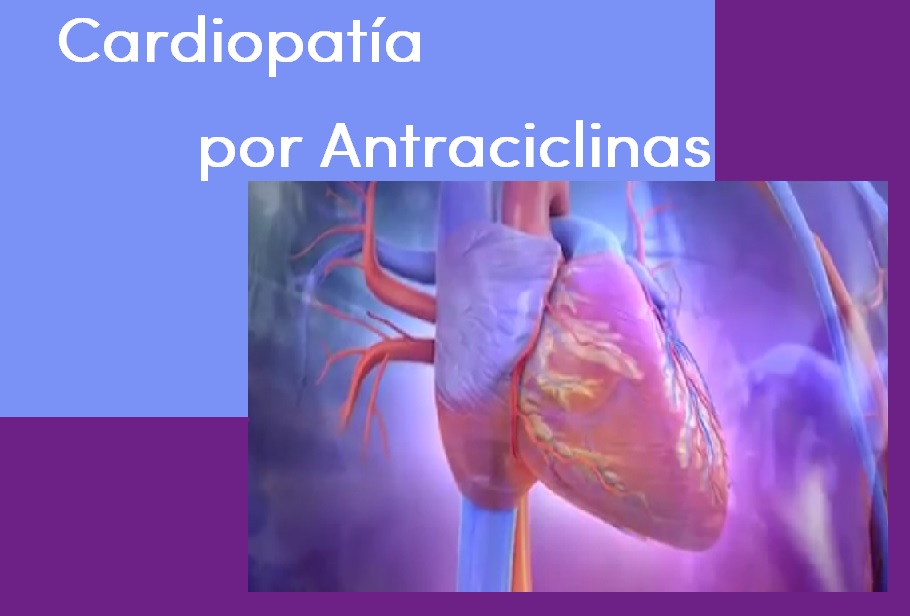Abstract
Introduction: Chemotherapy regimens in the treatment of breast cancer include Anthracyclines with a high response effectiveness, however in some cases the potential therapeutic effect is limited by Anthracycline Induced Cardiomyopathy (CIPA). The objective of the study was to establish the longitudinal prevalence of this entity.
Methods: This longitudinal, observational study was conducted at the National Oncological Institute “Dr. Juan Tanca Marengo ”-SOLCA-Guayaquil. The exposure period was April to December 2008. The observation period ended on June 30, 2020. It included women> 18 years with breast cancer, treated with anthracyclines, classified by Framingham Cardiovascular Risk as Low Risk (A) , moderate risk (B) and high risk (C). Electrocardiographic abnormalities (AEKG) were measured at baseline, at 6 hours and at 24 hours and development of CIPA at 12-year follow-up. The sample was non-probabilistic, census type. Descriptive statistics with confidence interval for proportions are used.
Results: Fifty cases entered the study are AEKG. The development of AEKG at 6 hours in 18/50 cases (36% 95% CI 34.1-37.9%), these AEKG persisted until 24 hours. AEKG were presented in 18.52% in women with Risk A, 52.38% in Risk B and 100% in Risk C. The development of CIPA at 12 years was 3.57% (2.27-4.87%) in CIPA-Subacute and 7.14 % (5.34-8.95% in chronic CIPA. Subacute + chronic CIPA 10.71% (8.55-12.88%).
Conclusions: In this study it is concluded that acute cardiotoxicity events were detected by electrocardiographic changes and that in the long-term follow-up they were evident in a slightly higher percentage than that reported in the international literature.

This work is licensed under a Creative Commons Attribution-NonCommercial-ShareAlike 4.0 International License.
Copyright (c) 2020 Mayra Patricia Santacruz Maridueña; EDITOR: Dra. Katherine García Matamoros


